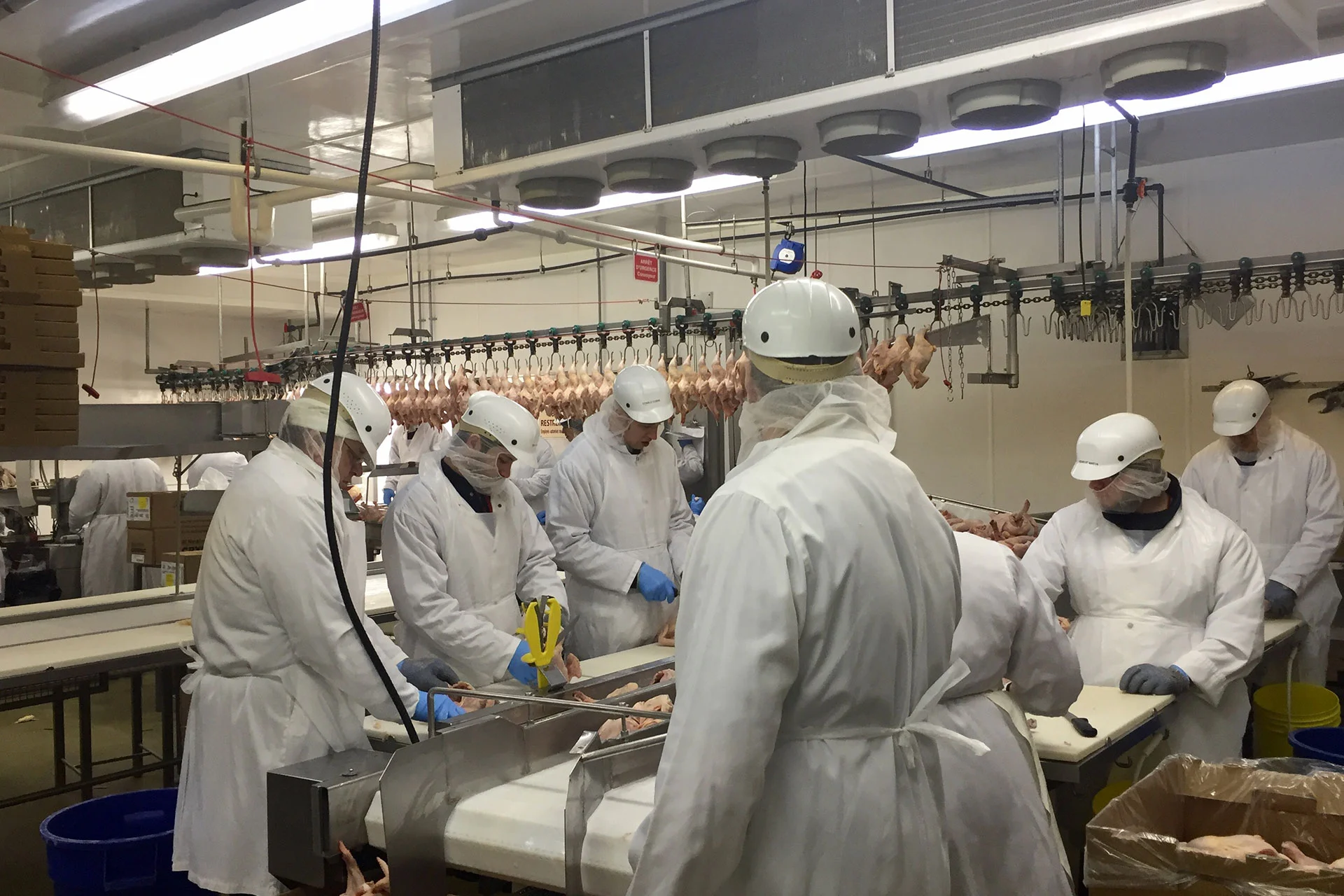Food manufacturers are under ever-increasing pressure to compete. Food manufacturing tends to be a low-margin business and food manufacturing businesses are finding it increasingly difficult to recruit and retain an adequately trained workforce. Implementing a connected workforce lets food manufacturers attract and retain the best and brightest by giving them opportunities to excel that they will not get elsewhere.
With a connected workforce, your lean manufacturing implementations will yield better results enabling you to do more with less.
What is a Connected Workforce and How Does it Apply to Food Manufacturing?
A connected workforce (sometimes called Workforce 4.0) is the construction of a working environment that encourages communication and interaction at all levels of an organization. Rather than have each group isolated at their respective levels, you nurture an environment that works across all rankings and disciplines.
This connection will encourage collaboration and generation of ideas and functions at all levels of an organization or manufacturing process while enabling high-quality real-time decision making. This may require an investment in training to ensure that all employees are adequately leveled in business, technology, and experience to perform their role with the information now available to them.
The tools of a connected workforce are not to be understated. As a collective “mind” in a sense, the interwoven brain power of a working body will be able to streamline any manufacturing process by the ability of getting individual contributions from any level of an organization. Having a diverse input will result in a collaboration that will lead to critical thinking about strategic, financial, and optimization improvements.
Connected Workforce and Factories can Lead to Many Benefits Including:
- Accurate Information - The ability to pull data from any part of a system and get a real-time response allows for insights of what is and is not working.
- Supply Chain - The most optimal way to produce anything is at 1 to 1, or a ‘batch of one’, while never having anything sitting waiting for something else. With the ability of a smart system and connected workforce each branch of an organization can come together at the appropriate time to culminate in an expedited product.
- Waste - With the details and information sharing of a connected workforce there is no waste in material or time, everything is operating at the time it is required.
The connected factory is an extraordinarily flexible system that has the ability to adapt and self-optimize when given the opportunity by the connected workforce. By that workforce understanding their work and the other work done they are best suited to turn a product of quality out in an efficient and timely manner.
















